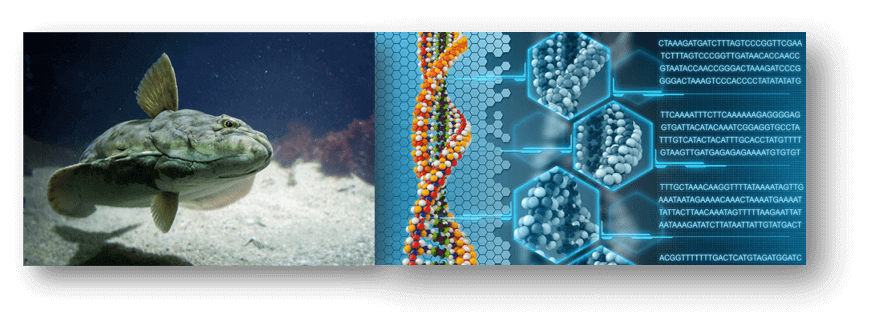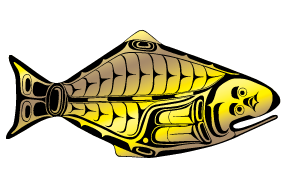Pacific halibut is managed by the IPHC in the IPHC Convention Area under the assumption that it constitutes a single panmictic population or stock. Historically, this assumption has been based on a large body of data on larval and adult migrations, supporting the notion that Pacific halibut constitute a highly mixed population throughout their distribution range. However, the presence of geological or hydrological barriers that could limit gene flow and of environmental heterogeneity that could contribute to local adaptation, may cause genetic differentiation and create population structure. Therefore, the development and application of genomic approaches for Pacific halibut is crucial for establishing the presence or absence of population structure and/or subtle genetic differences within the population due to local adaptive mechanisms. Genomic approaches will result in the identification of a large set of genomic markers that will be useful for determining subtle genetic differences among Pacific halibut from different locations throughout their distribution range and provide genetic signatures of geographic origin. Crucial to the application of genomic approaches to understand population dynamics in Pacific halibut is the development of genomic resources. For this purpose, the IPHC has generated the first chromosome-level genome assembly for Pacific halibut and the first complete transcriptome for this species. These genomic resources are being used for population genomics studies and will also pave the way for studies to link the genotype (set of genes responsible for a particular trait) with the phenotype (physical expression of that trait) of Pacific halibut, to evaluate fishery-dependent and fishery-independent effects on the genome and to begin to understand the genetic basis of key biological features of this species (e.g. growth, reproductive performance, migratory behavior, etc.).


